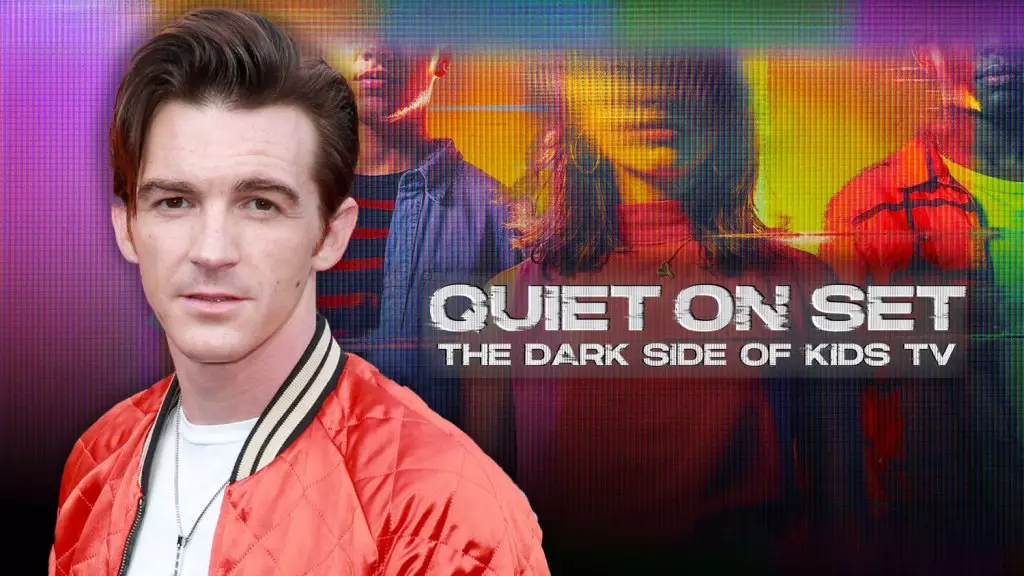The creators of Quiet on Set: The Dark Side of Kids TV have expressed their openness to creating a follow-up to the series, following its nomination for two Emmy Awards, one of them being Outstanding Documentary or Nonfiction Series. The show delved into the alleged abuse suffered by former child stars of Nickelodeon series, shedding light on the experiences of individuals such as Drake Bell, Raquel Lee Bolleau, Shane Lyons, Katrina Johnson, Leon Frierson, Giovonnie Samuels, Bryan Hearne, and Alexa Nikolas. Executive Producer Mary Robertson mentioned that the response to the project surpassed their expectations, and it was heartening to see the call for protection within the entertainment industry.
The series focused primarily on Nickelodeon shows produced by Dan Schneider, who recently issued an apology for his behavior during his time working on these shows. However, the creators of Quiet on Set acknowledged that there may be more former child stars who have similar stories of abuse. They expressed a keen interest in hearing from individuals who are ready to share their accounts, emphasizing that there is no pressure for anyone to come forward before they are ready. The intention is to continue the dialogue and shed light on the damaging and abusive environments that some child actors were subjected to.
Quiet on Set became the most streamed program in the history of Max, garnering over 1.25 billion minutes of viewing time in just six days. Robertson and co-EP Emma Schwartz highlighted the importance of taking a trauma-sensitive approach in the production of the series. It was crucial for the participants to feel empowered to share their experiences in a manner that felt comfortable for them. The creators ensured that the survivors were able to dictate the level of detail they wanted to share, minimizing distractions in the editing process and allowing their stories to be told authentically.
Throughout the series, the focus remained on letting the survivors and participants speak for themselves without the need for excessive narration or embellishment. The goal was to provide a platform for these individuals to share their truths and experiences without external influence. By prioritizing the voices of those who came forward, Quiet on Set aimed to create a space where survivors could tell their stories in their own words and be heard without judgment or interference.
Robertson and Schwartz expressed a deep commitment to the subject matter and a desire to continue exploring stories related to the mistreatment of child actors in the entertainment industry. They highlighted the importance of fostering a safe and supportive environment for survivors to share their accounts, believing that ongoing conversations are vital in preventing similar incidents from occurring in the future. By shining a light on these issues, Quiet on Set has sparked a necessary conversation surrounding the treatment of children in the realm of television and film.

Leave a Reply